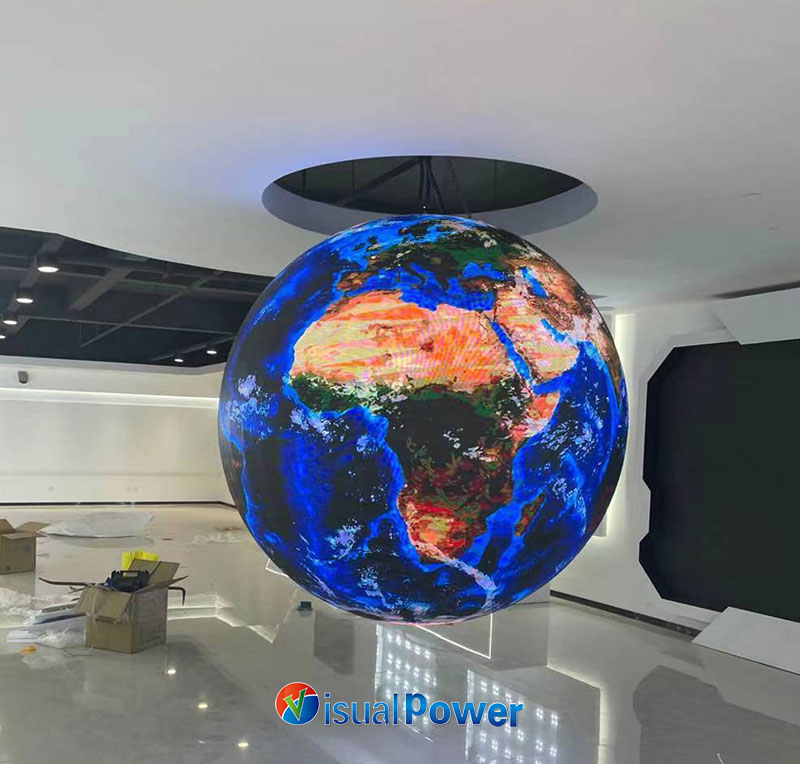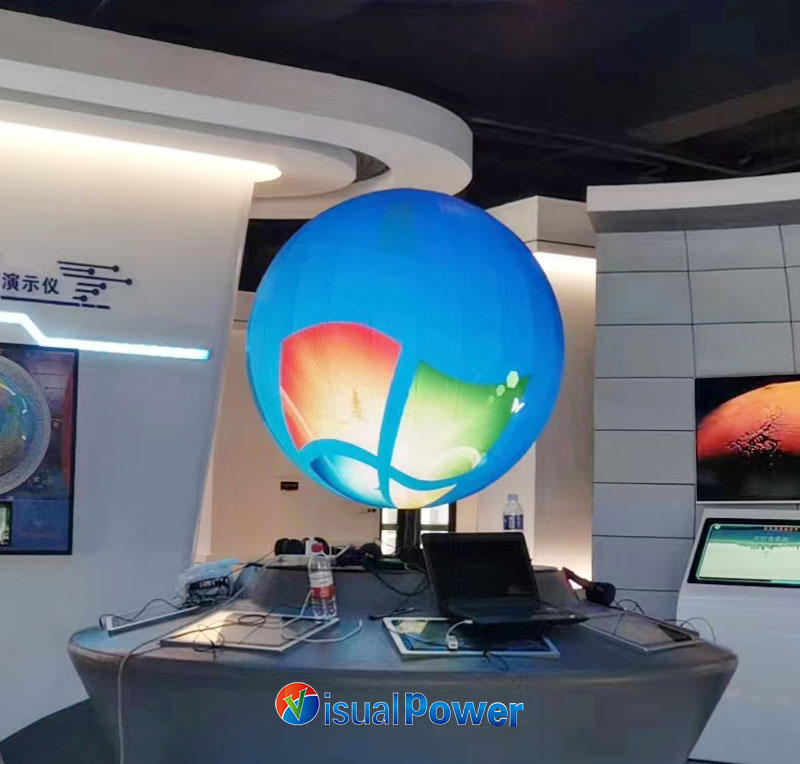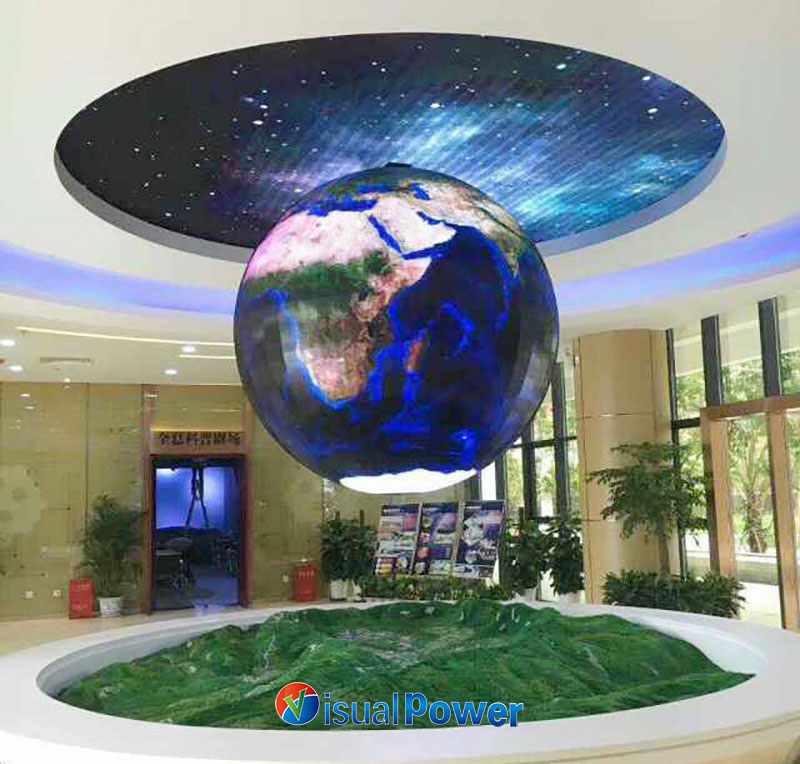Categories
- News (76)
- case study (6)
I remember that I first encountered a Sphere LED Display at a tech expo. At that time, I stood in front of a sphere composed of geometric light and shadow. It was like a slowly rotating planet. The visuals moved smoothly across the curved surface, with no hard edges or borders. The information approached the audience in an extremely “soft” way. At that moment, I realized for the first time that “display” can also be three-dimensional, feel immersive, or, like a sculpture, occupy space.
Even to this day, I still believe that this kind of experience is not about showing off technological skills, but rather an evolution of an information medium. The spherical LED screen is not merely “another screen”, but has completely restructured the question of “how to view it”.

In the space projects I have participated in in the past, clients often demanded that “there should be highlights” and “it should be attractive”. However, every time I put the plan on a traditional square or long screen, no matter how high the resolution was or how cool the content was, the audience would still habitually categorize it as an “advertising screen”.
However, the Sphere LED Display is different. It has a sense of strangeness by itself. An irregular sphere that can be viewed from all angles itself is free from the conventional idea of how we consume information. When we project the content onto the spherical surface, it disrupts and re-directs your visual focus, thereby triggering new reading paths and behavioral responses. Especially in environments such as commercial exhibitions, museums, technology exhibition halls or airport lobbies where “information density is high but attention is scarce”, the “ability to focus attention” brought by spherical screens is almost naturally possessed.
This is a core issue I encountered when participating in a certain urban renewal exhibition. We need to place the core exhibits in a space with a limited ceiling height and no central support structure. Traditional large screens cannot be hung, and projectors didn’t work well because of the complicated lighting conditions. Finally, we chose a spherical LED screen with a diameter of 2 meters and hung it above the central hall.
What impressed me most about that project was not the installation difficulty, but the transformation in content production. The traditional 16:9 aspect ratio thinking is completely inapplicable on this surface that “has no beginning or end”. You need to start from the visual perspective of the sphere, redesign the direction of the animation flow, the layout of the information rhythm, and even the interaction logic of each frame image at different dimensions.
It felt less like creating a video and more like choreographing a live performance space. Information becomes more dynamic, and the relationship between the audience and it also becomes more equal and immersive.

Of course, spherical LED screens are not merely “special in shape”; the system logic behind them is far more complex than that of flat screens. The modules need to bend to match the sphere’s curve, the structure should be light enough yet stable, the control system should be capable of handling multi-channel mapping, there should be no delay in content transmission, and issues such as thermal management and maintenance accessibility should also be considered.
I myself don’t understand circuit design, but during the cooperation process, the model-splicing – control system provided by Visualpower almost covered all the links. That kind of “combination ability” made me realize that behind a good project, it’s not about piecing all the parts together, but rather every link can be predicted, collaborated on and optimized.
This technical capability is not about showing off skills, but rather a prerequisite for ensuring that the “shape” becomes reasonable and reliable.
Many people think that Sphere LED displays can only be used in high-end Display venues, but I think this is a misunderstanding. We have begun to see more and more applications of spherical displays in retail terminals, airport waiting halls and even theme parks. For instance, it can be used to play weather information, real-scene animations of the Earth, brand symbol animations, and even real-time social dynamic streams – it is not merely a visual embellishment but has gradually become a “warm presence”.
It is more like a concrete interaction center, not only responsible for “broadcasting”, but also for “attracting”.
In the future, as the tech keeps evolving, I can even imagine that in places such as community libraries, school halls, and hospital guided Tours, Sphere LED displays can become new “information carriers”. However, what it conveys is not only information, but also a real sense of structure and direction.

I have always believed that the act of “display” is playing an increasingly complex role in the information society. It should be both readable and tangible. It is both the output end and the interaction surface. The technological form of Sphere LED Display precisely responds to such multi-dimensional demands.
It is not intended to replace traditional screens, but to offer us another dimension of possibility – to tell more complex content, create more textured scenes, and encourage people to engage more deeply.
So if you ask me whether the spherical screen is just a trend, I’d say no.
It is an evolution.